Pediatric Oncology


Acute Lymphocytic Leukemia (ALL)
Acute Lymphocytic Leukemia is a type of blood cancer that primarily affects children. It originates in the bone marrow and impacts the production of immature white blood cells. These abnormal cells crowd out healthy blood cells, leading to anemia, infection susceptibility, and bleeding. Symptoms may include fatigue, bruising, and frequent infections. Treatment involves chemotherapy, targeted therapy, and sometimes stem cell transplantation.

Acute Myeloid Leukemia (AML)
Acute Myeloid Leukemia is another aggressive blood cancer affecting children. It arises from bone marrow cells that produce myeloid blood cells. These immature cells multiply rapidly, disrupting the normal blood cell balance. Symptoms include fatigue, fever, and easy bruising. Treatment comprises chemotherapy and stem cell transplantation.

Lymphoma
Lymphoma is a cancer originating in the lymphatic system, a part of the immune system. In children, two main types exist: Hodgkin lymphoma and non-Hodgkin lymphoma. Symptoms include swollen lymph nodes, fever, and weight loss. Treatment depends on the type and stage, involving chemotherapy, radiation, and targeted therapies.
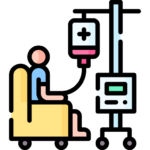
Chemotherapy
Chemotherapy is a treatment approach that uses drugs to target and kill cancer cells. It’s a common treatment for various childhood cancers, often in combination with other therapies like surgery and radiation. Chemotherapy aims to halt the rapid growth of cancer cells, but it can also affect healthy cells, leading to side effects like nausea, hair loss, and fatigue.
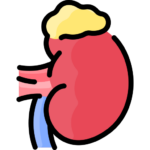
Neuroblastoma
Neuroblastoma originates in nerve tissue and affects infants and young children. It usually starts in adrenal glands above the kidneys. Symptoms include abdominal swelling, pain, and sometimes bone pain. Treatment involves surgery, chemotherapy, radiation, and stem cell transplantation.
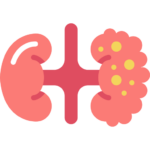
Wilms Tumor
This kidney cancer primarily targets children. A Wilms tumor forms in one or both kidneys and might cause abdominal swelling, pain, or a lump. It’s usually treated with surgery, chemotherapy, and sometimes radiation.
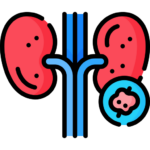
Kidney Cancer
Kidney cancer in children can include Wilms tumor and other rare kidney cancers. It involves abnormal cell growth in the kidneys. Symptoms may include blood in the urine, abdominal pain, and fever. Treatment options range from surgery to chemotherapy, depending on the type and stage.
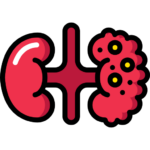
Kidney Tumor in Children
Refers to abnormal growths in the kidneys, which can include Wilms tumor and other rare kidney tumors. They might lead to similar symptoms as kidney cancer and are treated accordingly.
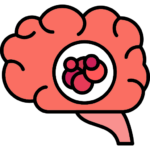
Brain Tumor
Brain tumors are abnormal growths in the brain. They can be benign or malignant. Symptoms vary based on location and size, such as headaches, seizures, and neurological changes. Treatment involves surgery, radiation, and chemotherapy.
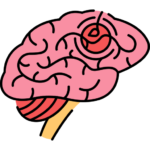
Brain Cancer
Brain cancer generally encompasses malignant tumors originating in the brain tissue. These can be primary (starting in the brain) or secondary (spread from other areas). Treatment involves surgery, radiation, and chemotherapy.
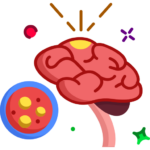
Medulloblastoma
A common malignant brain tumor in children, usually occurring in the cerebellum. Symptoms include balance issues, headaches, and vomiting. Treatment consists of surgery, radiation, and chemotherapy.
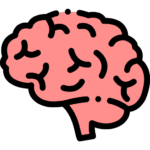
Ependymoma
Ependymoma is a tumor that arises in the brain’s lining, the ependymal cells. Symptoms depend on the location and size of the tumor. Treatment includes surgery, radiation, and chemotherapy.
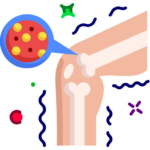
Osteosarcoma
Osteosarcoma is a bone cancer that often develops in the long bones. Symptoms include pain, swelling, and fractures. Treatment involves chemotherapy and surgery to remove the tumor.

Ewing Sarcoma
Ewing sarcoma is a rare bone cancer that affects children and young adults. It typically starts in the bones or soft tissues. Symptoms include pain and swelling. Treatment includes chemotherapy, surgery, and radiation.
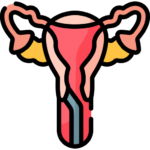
Germ Cell Tumor
Germ cell tumors develop from cells that produce eggs or sperm. They can occur in various locations, including the ovaries and testes. Treatment depends on the location and type of tumor.
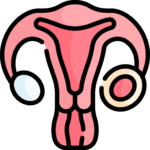
Ovarian Tumor
Ovarian tumors in children can include germ cell tumors like teratomas. They involve abnormal growths in the ovaries and are treated with surgery and sometimes chemotherapy.

Retinoblastoma
Retinoblastoma is a rare eye cancer that originates in the retina, affecting mainly young children. Signs include a white reflection in the eye and vision changes. Treatment includes surgery, chemotherapy, and sometimes radiation.

Eye Cancer
Eye cancer in children often refers to retinoblastoma or other rare eye cancers. These require prompt treatment like surgery and chemotherapy.
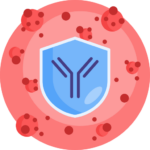
LCH (Langerhans Cell Histiocytosis)
LCH is a rare condition where certain immune cells become overactive and can damage tissues. It can affect various organs and bones. Treatment depends on the extent of involvement and may involve surgery, chemotherapy, and other therapies.
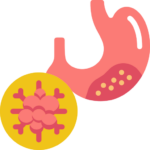
Stomach Cancer in Children
Stomach cancer in children is rare and typically involves the lining of the stomach. Symptoms can include abdominal pain, nausea, and weight loss. Treatment includes surgery, chemotherapy, and sometimes radiation.
